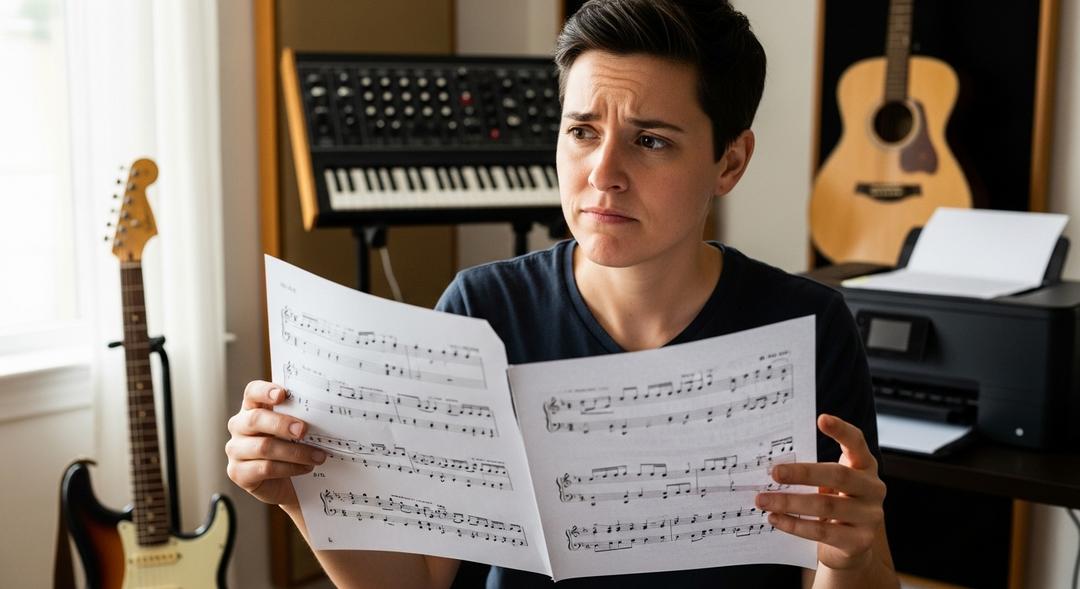Suno’s latest release, simply called v5, jumps forward in audio quality. Compared to the last model, muddled arrangements are much less of a problem. Where older versions mashed guitars, synths, and bass into one big cloud, this new update is distinct and cleaner. Every instrument feels like it has its own defined space.
During a demo, Suno’s own Henry Phipps pointed out a moment that surprised him. “I’ve never heard that before in previous models,” he said, describing a synthetic flute that pinged from ear to ear. Suno’s algorithm pieced together a convincing delay effect, not through traditional mixing but by understanding the role of that sound in a song.
Still, for all its smarts, the tool keeps making everything shiny and flawless no matter your plea for grit. Every vocal floats in reverb. Harmonies stack up neatly. Pitch is always center stage. Even when you specifically request something stripped down, the software pays no attention.
Sonic Perfection, Lacking Soul
Supposedly, v5 understands music genres better. My tests told a different story. When I asked for off key indie rock like you’d find on a dusty cassette from the early nineties, the result was just glossy indie—closer to twenty-first century stadium bands than Pavement’s charming chaos. Suno just wouldn’t let the messiness happen.
Even the era cues get blurred. Requesting late-seventies electronic rock sometimes brought tracks with unmistakable eighties flavor. The mixing was modern and the vocals, as always, too polished for the period vibe I was chasing.
One thing v5 does nail is making arrangements more interesting. Song structures feel less repetitive. Transitions are varied, with breakdowns and bridges giving more shape to the music than before. Remixes of existing material sometimes show unexpected creativity, morphing guitar solos into hypnotic synth phrases and sparse chords into bustling arpeggios.
But the feeling doesn’t stick. The machine mimics surface features from old home recordings—adds a bit of tape hiss, inserts breaths—but the lived-in warmth never materializes.
Phipps, candid as ever, admitted the system struggles with imperfection. “When we perceive a vocal out of Suno to be emotionally flat, I think it’s because it’s just missing some detail that gives it that edge,” he explained. He argued the new model captures more nuance, but the result still feels generic.
Ask for a broken, bare vocal, and you get an echo chamber of harmonies and effects instead. The platform can’t interpret direct instructions about rawness or flaws. It only draws from mood and lyric content, never straying from a smooth performance.
No matter the genre request, Suno’s voices land eerily close to the polished sound of chart toppers—Imagine Dragons showing up in rock, an Adele echo haunting R&B. Trying to force mistakes, off pitches, or emotional cracks into the music simply does not work. The software is determined to sound professional and clean, losing the heartbreaking imperfection you find in so many iconic moments of real music. For now, Suno’s vision of music is all polish, no blood.








